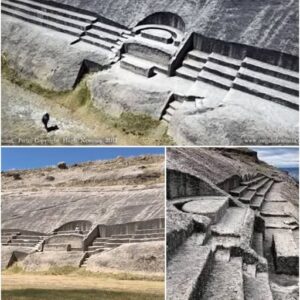In his 1976 book, “The Twelfth Planet,” Russian-American author Zecharia Sitchin put forth a controversial theory about the Anunnaki. According to Sitchin, these beings were not of this world but hailed from the yet undiscovered planet Nibiru. The Anunnaki purportedly arrived on Earth some 500,000 years ago with the purpose of mining gold.
Sitchin further claimed that these extraterrestrial entities genetically manipulated homo erectus to create what we now know as modern humans, intending for them to serve as their labor force. The author posited that the Anunnaki’s departure from Earth was triggered by the melting of Antarctic glaciers, leading to the catastrophic Flood of Noah, which also resulted in the destruction of their Earthly bases.

To aid in their reconstruction efforts, the Anunnaki allegedly imparted agricultural knowledge to humans, specifically the Nephilim, who, per Sitchin, were hybrid offspring of humans and Anunnaki. The ambitious projects attributed to the Anunnaki, such as the construction of pyramids and other ancient marvels worldwide, were believed by Sitchin to necessitate advanced technologies beyond human capabilities.
Sitchin speculated that some descendants of these human-alien hybrids might exist today, unaware of their extraterrestrial lineage. In subsequent works like “The Stairway to Heaven” (1980) and “The Wars of Gods and Men” (1985), he continued to elaborate on this captivating narrative. In his book “The End of Days: Armageddon and the Prophecy of the Return” (2007), Sitchin even prophesied the potential return of the Anunnaki to Earth, a prediction that some interpreted as coinciding with the conclusion of the Mesoamerican Long Count calendar in 2012.
While Sitchin’s claims have been met with skepticism from mainstream academia, his writings have spurred a niche following within the realm of ancient astronaut theory. Regardless of one’s stance on the matter, the lasting impact of Sitchin’s provocative ideas on popular culture and fringe science cannot be denied.





